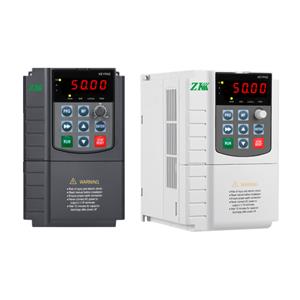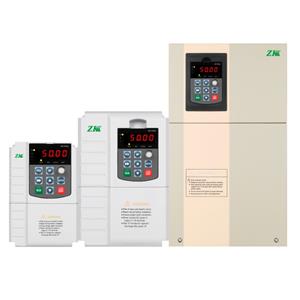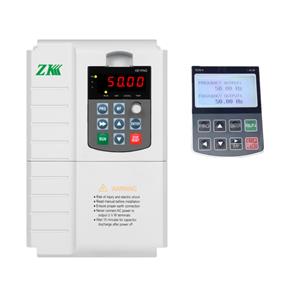Remote Diagnostic Technology for Solar Pump Inverters
In recent years, the integration of solar energy into water pumping systems has garnered significant attention, particularly in remote and off-grid regions. Solar-powered water pumps, equipped with solar-powered water pump inverters, present a sustainable and efficient solution for irrigation, potable water supply, and various agricultural applications. However, ensuring the dependable operation of these systems necessitates advanced monitoring and diagnostic capabilities. Remote diagnostic technology has emerged as an indispensable tool for maintaining the performance and longevity of solar-powered water pump inverters.
The Role of Solar-Powered Water Pump Inverters
Solar-powered water pump inverters are pivotal components in solar-powered water pump systems, tasked with converting the direct current (DC) generated by photovoltaic panels into alternating current (AC) to drive the water pump motor. Additionally, solar-powered water pump inverters optimize power output to align with the water pump’s operational requirements, thereby enhancing energy efficiency. Despite their critical function, solar-powered water pump inverters are prone to issues such as voltage fluctuations, thermal overload, and component degradation, which can precipitate system failures if not promptly addressed.
Challenges in Remote Areas
Solar-powered water pumps are frequently deployed in remote locations where access to technical expertise and maintenance resources is limited. Traditional on-site diagnostics are often time-intensive, costly, and impractical in such environments. This highlights the imperative for remote diagnostic technology that facilitates real-time monitoring and troubleshooting without necessitating physical presence.
Remote Diagnostic Technology: Features and Benefits
Remote diagnostic technology harnesses the Internet of Things (IoT), cloud computing, and advanced analytics to oversee the performance of solar-powered water pump inverters. Key features include:
Real-Time Monitoring: Embedded sensors within solar-powered water pump inverters collect data on critical parameters such as voltage, current, temperature, and efficiency. This data is transmitted to a centralized platform for comprehensive analysis.
Fault Detection and Alerts: Sophisticated algorithms scrutinize the data to identify anomalies or potential failures. Automated alerts are dispatched to operators or maintenance teams, enabling prompt intervention.
Predictive Maintenance: By analyzing historical data, remote diagnostic technology can forecast impending component failures, facilitating proactive maintenance and minimizing downtime.
Remote Troubleshooting: Technicians can remotely access solar-powered water pump inverters’ data and diagnostics, providing guidance to on-site personnel or executing software updates to rectify issues.
Advantages of Remote Diagnostic Technology
Cost Efficiency: Reduces the necessity for frequent on-site visits, thereby lowering maintenance expenditures.
Enhanced Reliability: Ensures the continuous operation of solar-powered water pumps, which is crucial for agricultural and community needs.
Sustainability: Minimizes system downtime, thereby maximizing the utilization of solar energy and diminishing reliance on fossil fuels.
Remote diagnostic technology is transforming the management of solar-powered water pump inverters, particularly in remote and resource-constrained areas. By enabling real-time monitoring, predictive maintenance, and remote troubleshooting, this technology augments the reliability, efficiency, and sustainability of solar-powered water pumping systems. As solar energy continues to play a pivotal role in addressing global water and energy challenges, the adoption of remote diagnostic technology will be instrumental in ensuring their success.




